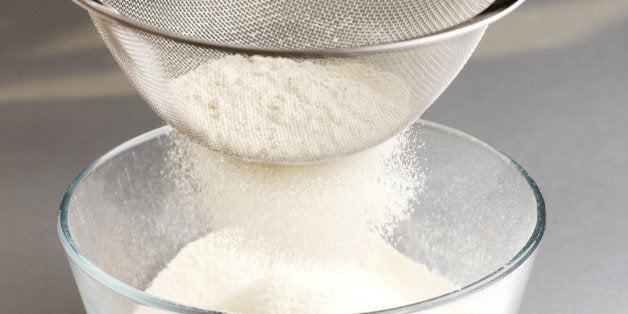
All-purpose flour, bread flour, cake flour, pastry flour -- there are a ton of different flours out there, and each one serves a very specific purpose. The trick is not only knowing when to use them (fortunately their names are good indications), but also knowing when and why they might be crucial, and when they may be substituted. "Are cakes that much better when they're made with cake flour?" you may be wondering. "Does a yeast bread come out better with bread flour instead of all-purpose?" Allow us to give you the low-down on flour.
First, for the purposes of this post, we're talking about only wheat flour. We're not going into garbanzo flour, nor are we considering rice flour. We're sticking with wheat on this one. With that in mind, there are two different types of wheat used in wheat flour: hard and soft. The difference lies in the protein content, with hard wheat containing a higher level of protein than soft. Also, wheat is milled and processed in slightly varying ways to create the different flours. For example, whole-wheat flour will be darker in color than all-purpose flour because it contains the whole kernel (the bran, germ and endosperm), rather than just the endosperm (the center of the wheat kernel).
Once you've understood the root of the differences, you can start to comprehend the advantages and disadvantages of different flours. Here are eight types of flours, and when you should use them:
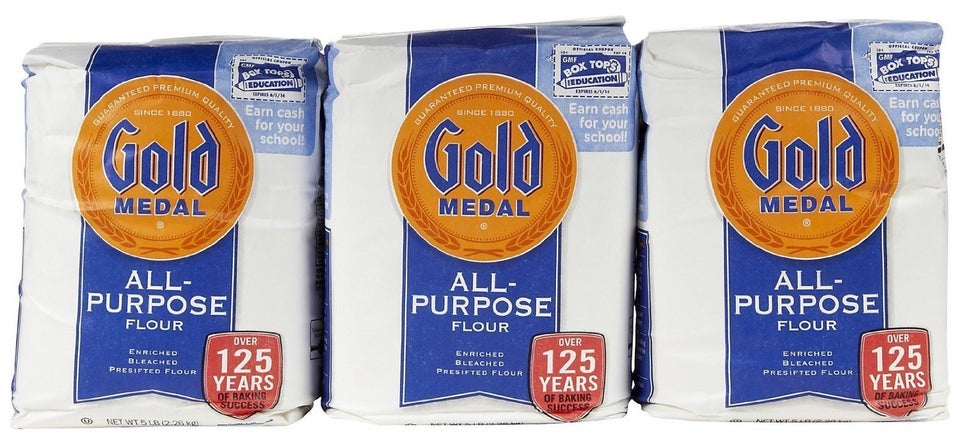
When to use it: Either type of all-purpose flour is great for all-purpose baking as the name suggests. Most recipes for pie doughs, cookies, quick breads, etc., will call for all-purpose flour.
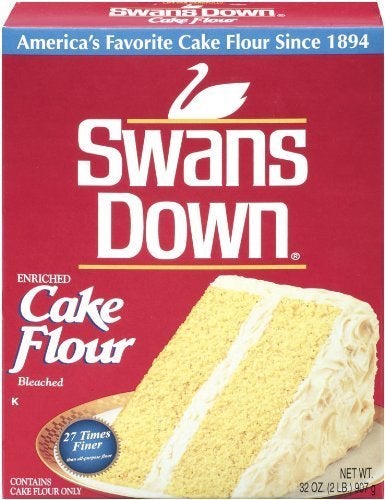
When to use it: Cake flour is excellent for baking cakes and other baked goods that have a high amount of sugar -- try it in cupcakes, muffins and even cookies.
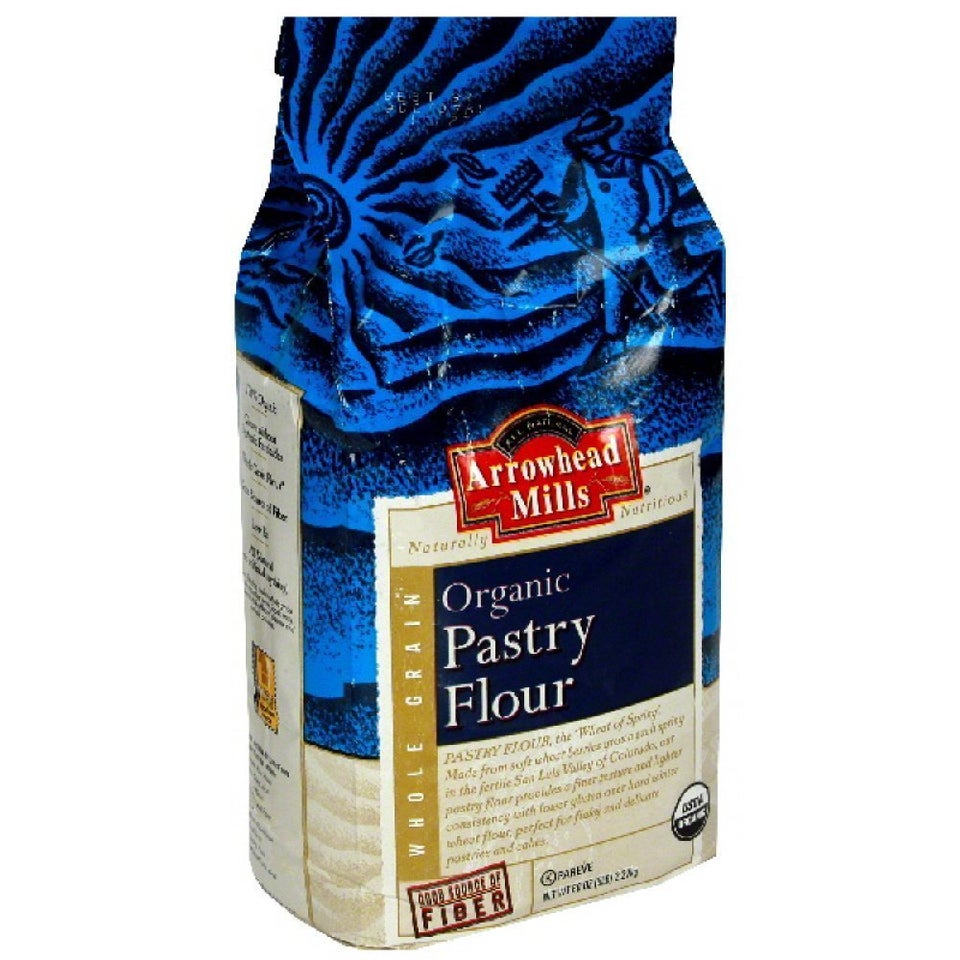
When to use it:Try pastry flour in recipes for biscuits, pie doughs, brownies, cookies and quick breads. Do not use it for making yeast breads.
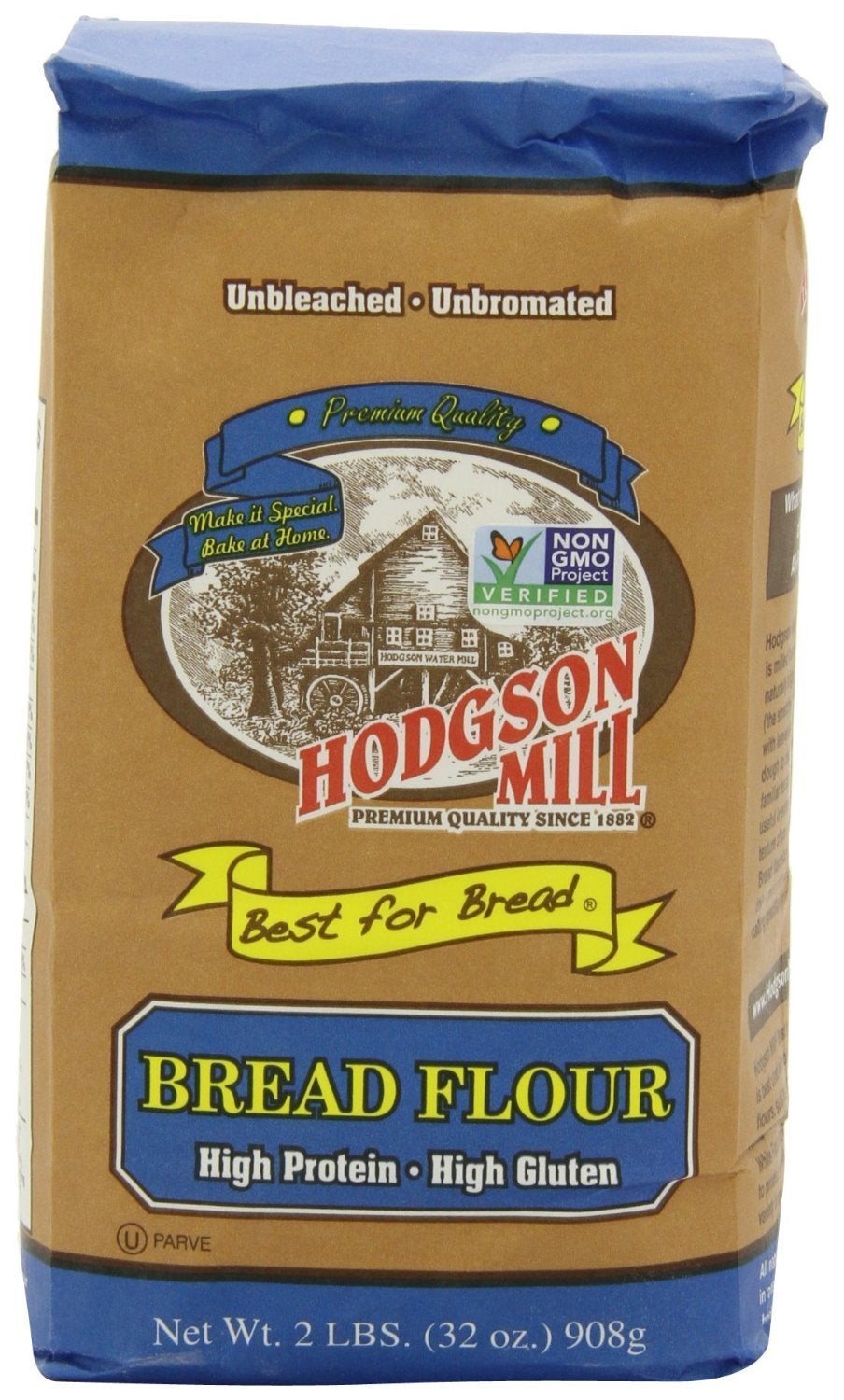
When to use it:Use this flour exclusively for yeast breads and pizzas.
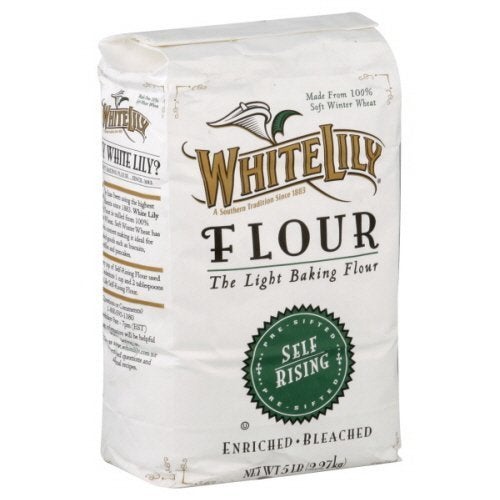
When to use it:You'll see it used in recipes for biscuits, quick breads, muffins and pancakes (these recipes will not require you to add more baking powder or salt). Do not use the flour for making yeast breads.
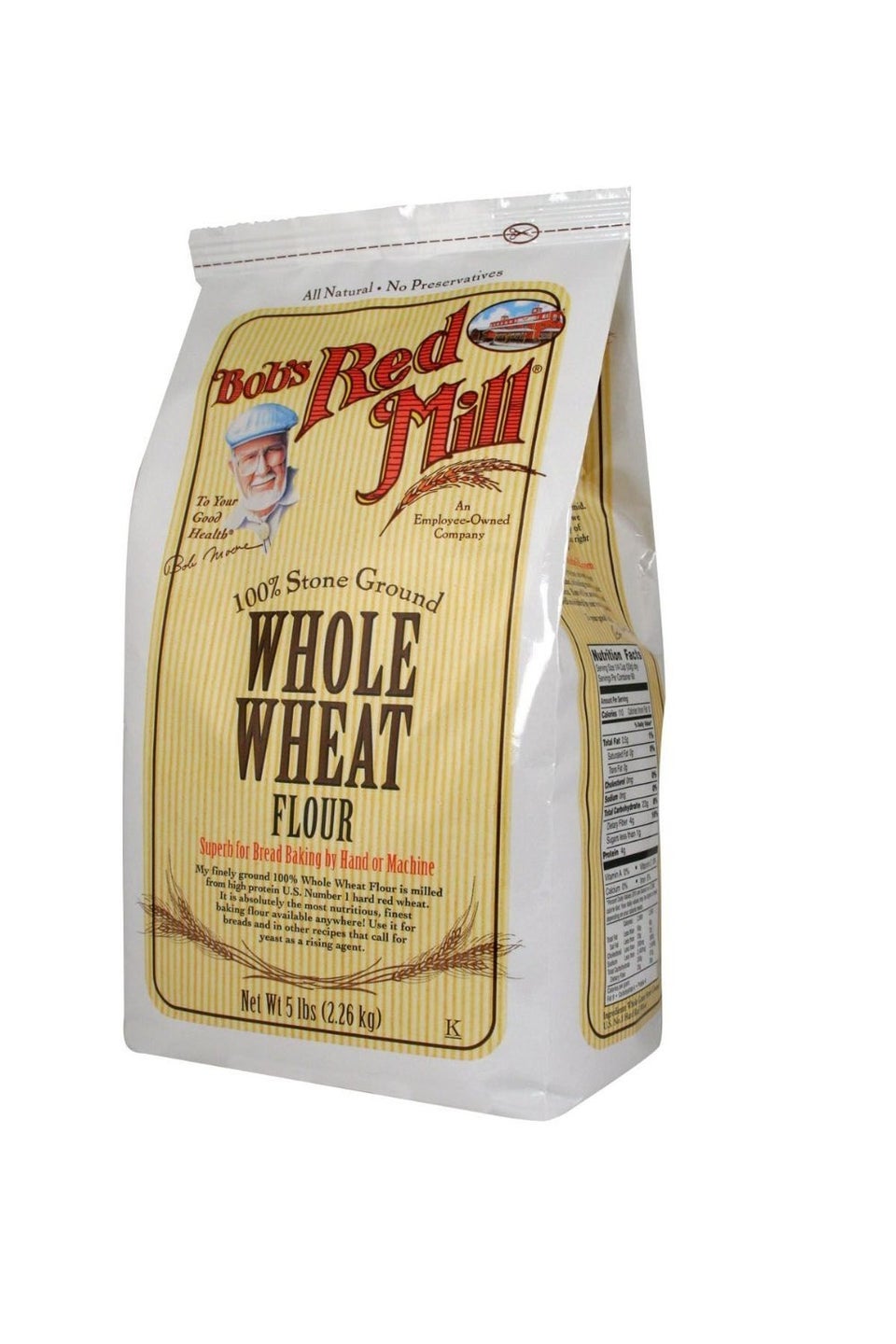
When to use it: Whole-wheat flour is often used blended with all-purpose flour in recipes to lessen its strong wheat flavor. Try it in recipes for hearty and rustic breads.

When to use it: Use it blended with all-purpose flour in recipes to achieve heartier and healthier results than if you would use only all-purpose flour. Whole wheat and white whole-wheat have the same nutritional value.
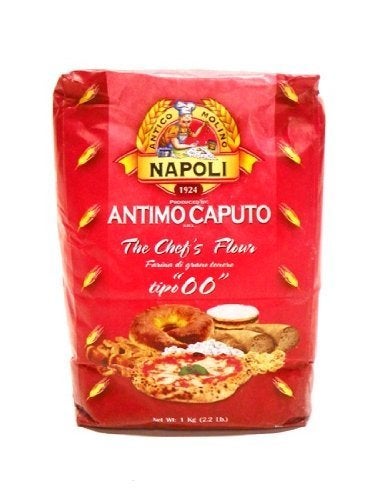
When to use it: If you're only using water and flour when you're making pasta, you should use type one because the more coarsely ground flour will hold up on its own. If you're using water, flour and egg, you can use Double Zero, because the egg can reinforce the super fine flour.